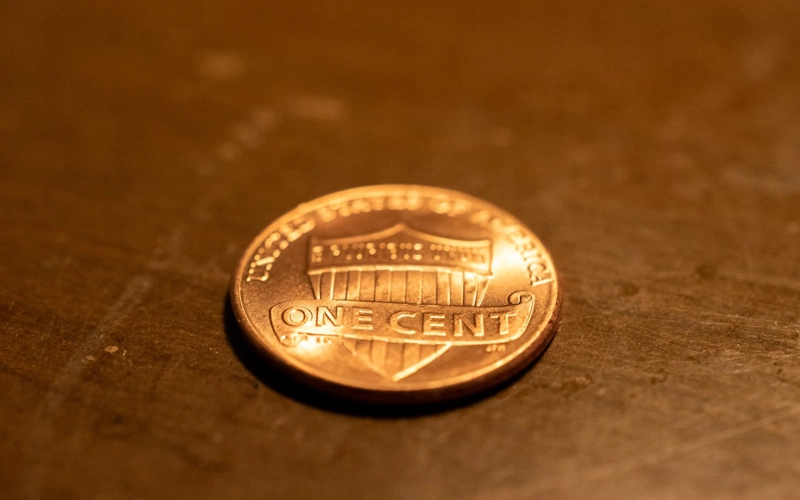US ends penny production after more than two centuries
The United States will strike its final one-cent coin on Wednesday, ending more than 230 years of continuous penny production at the Philadelphia Mint, reports a Kazinform News Agency correspondent. The coin will remain legal tender, yet its phase-out has already prompted retailers to adjust prices, citing growing difficulty in sourcing pennies.

The government argues the move is a practical cost-saving measure. Announcing the plan earlier this year, President Donald Trump said the decision would “rip the waste out of our great nation’s budget, even if it’s a penny at a time”.
According to the Treasury Department, each coin—featuring President Abraham Lincoln and minted from copper-plated zinc—now costs nearly four cents to produce, more than double the cost a decade ago. Ending production is expected to save about $56 million annually.
Officials emphasize that the rise of electronic payments has sharply reduced the need for low-value coins. The Treasury estimates that roughly 300 billion pennies remain in circulation, “far exceeding the amount needed for commerce”. A 2022 government study found that around 60% of all coins in US households, valued at $60–$90 per family, sit unused in jars and piggy banks.
Economists warn, however, that rounding practices may increase consumer costs. A Richmond Federal Reserve study estimates shoppers could pay an additional $6 million per year as prices are adjusted.
The US joins countries such as Canada, Australia, and New Zealand, which have retired low-denomination coins. Debate has now shifted to the nickel, which costs nearly 14 cents to produce, though analysts say eliminating it would have a far greater impact on consumers.
Earlier, it was reported that an exhibition dedicated to Kazakhstan’s National Currency Day, marked annually on November 15, was held in Ankara. The event, which featured commemorative banknotes and coins of Kazakhstan, was organized in Türkiye for the first time.
